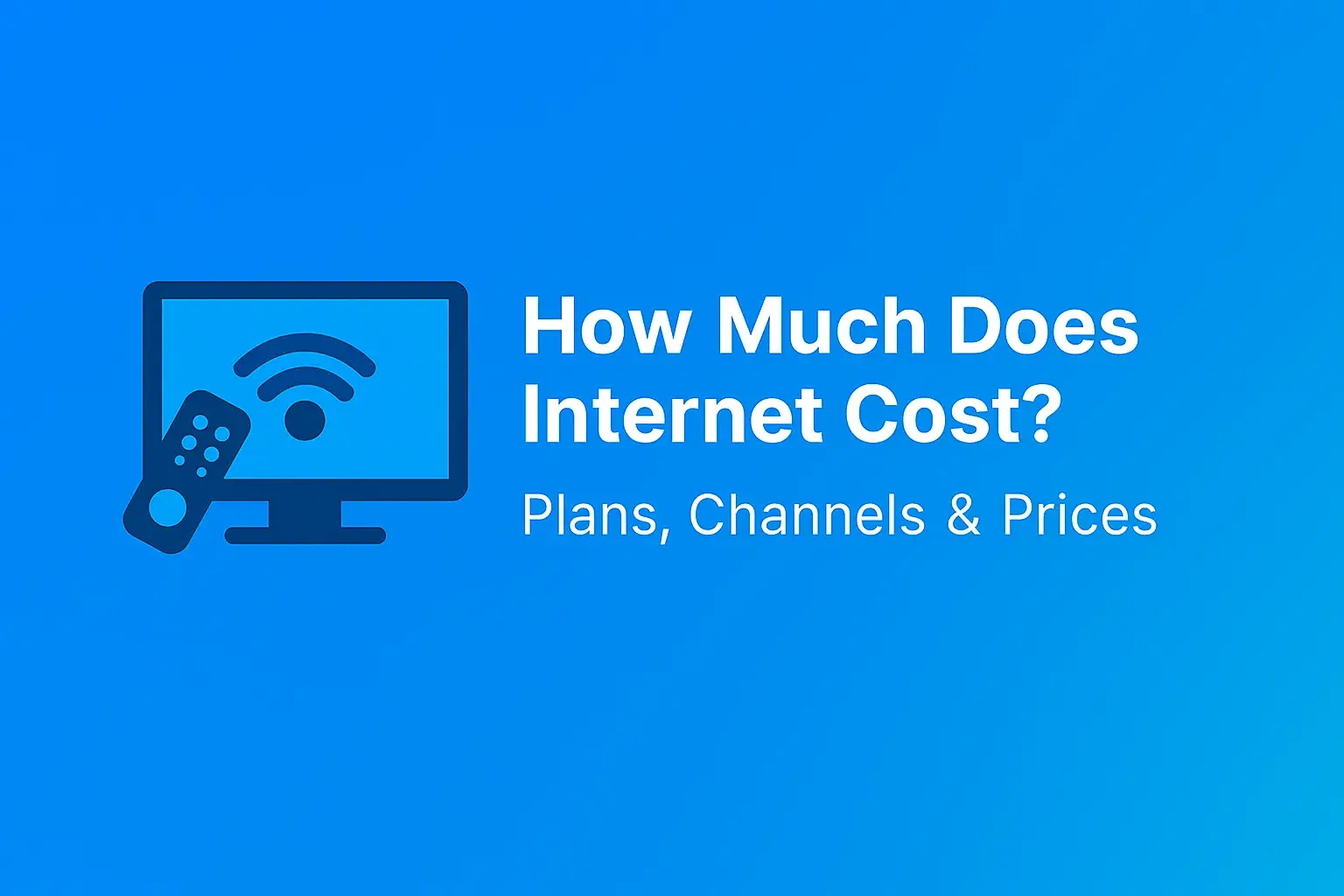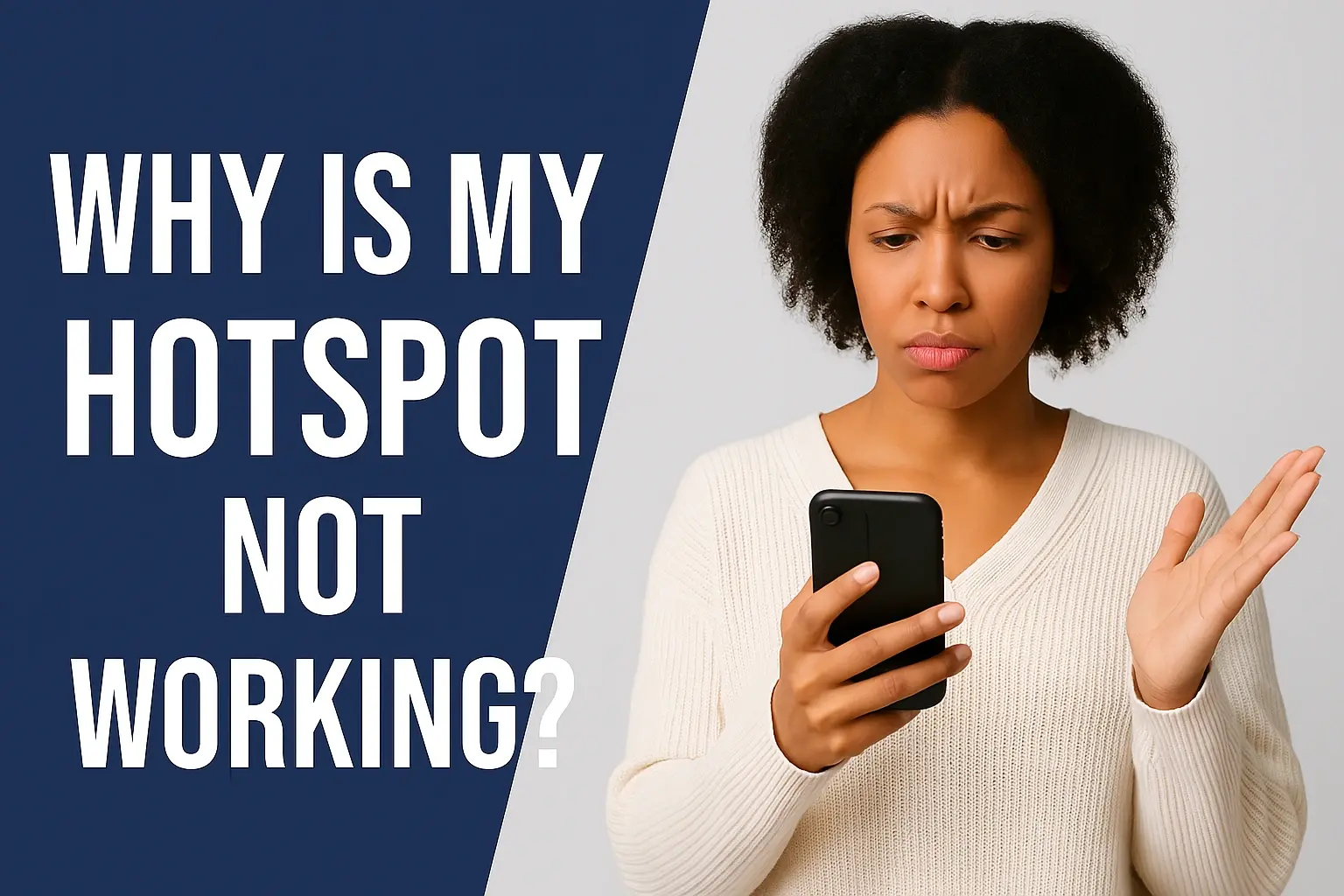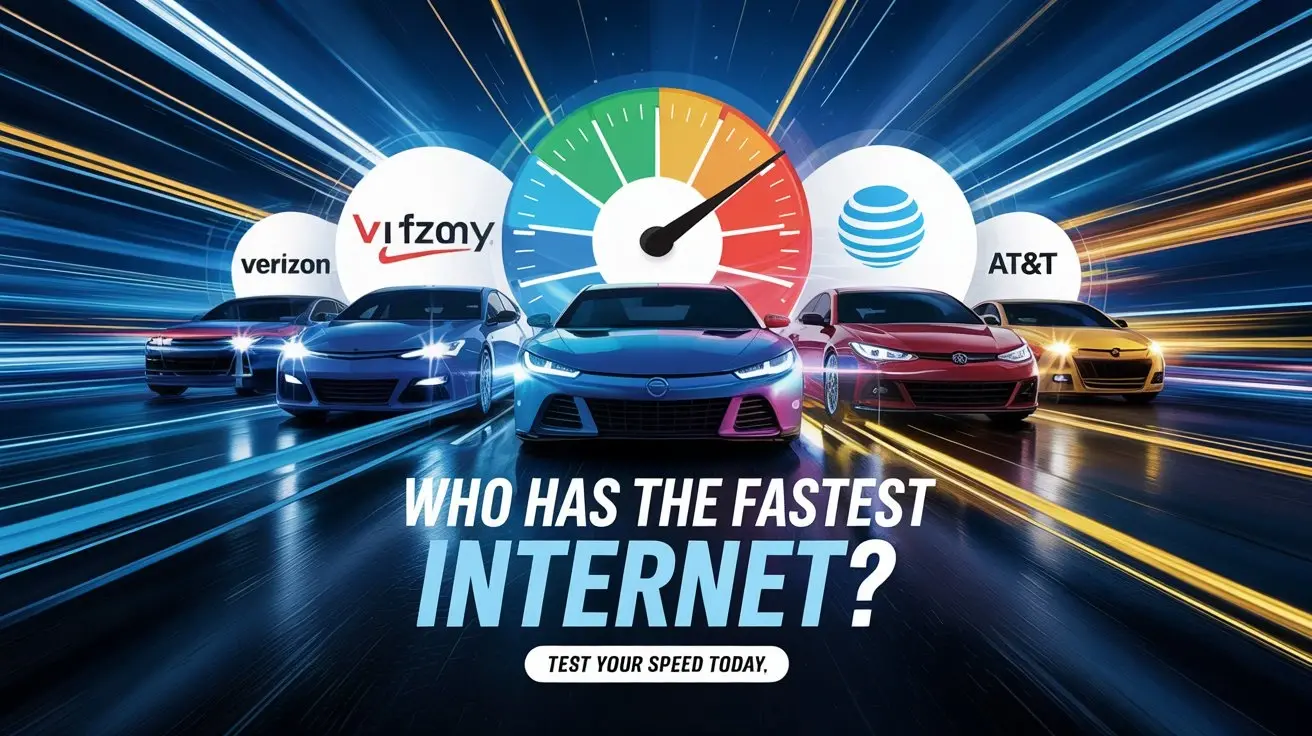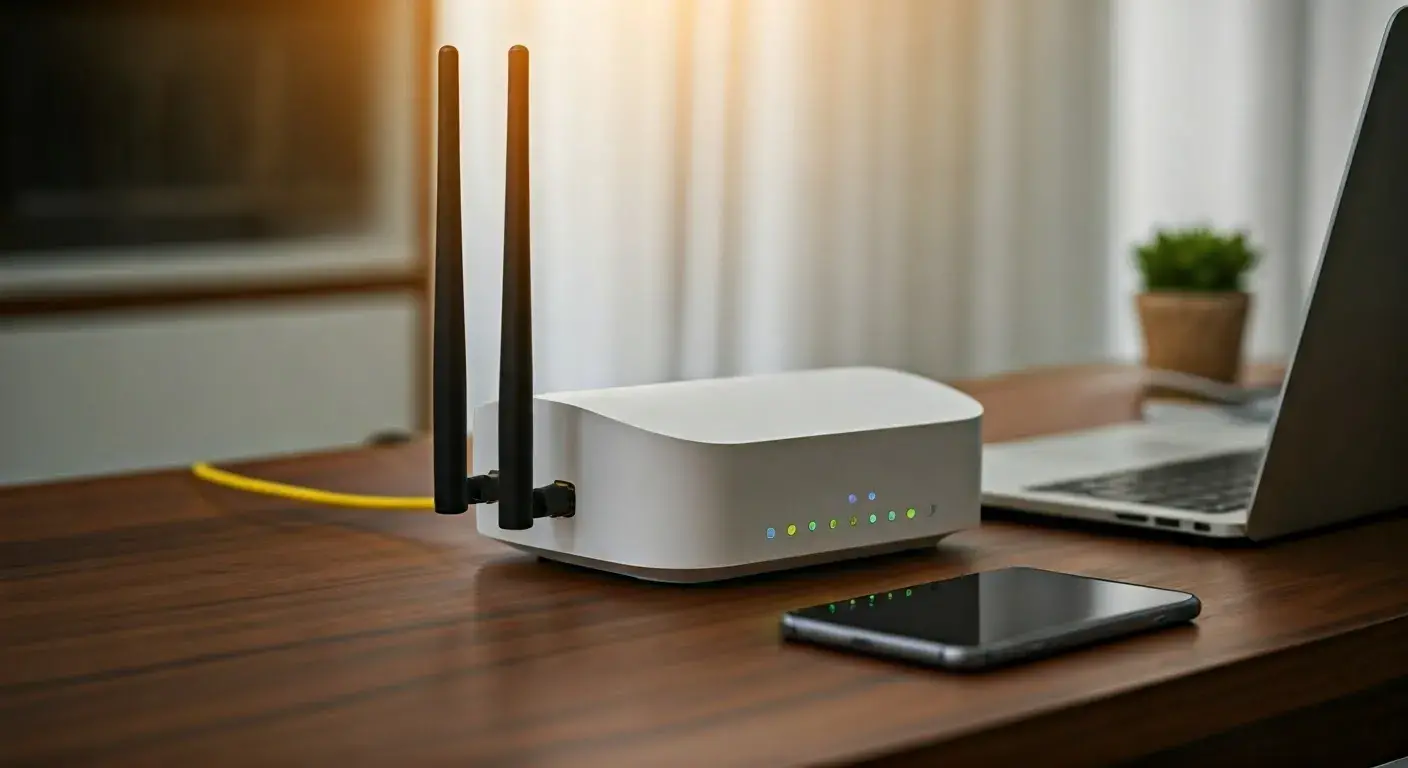Can you get Cable TV without a Cable Box?
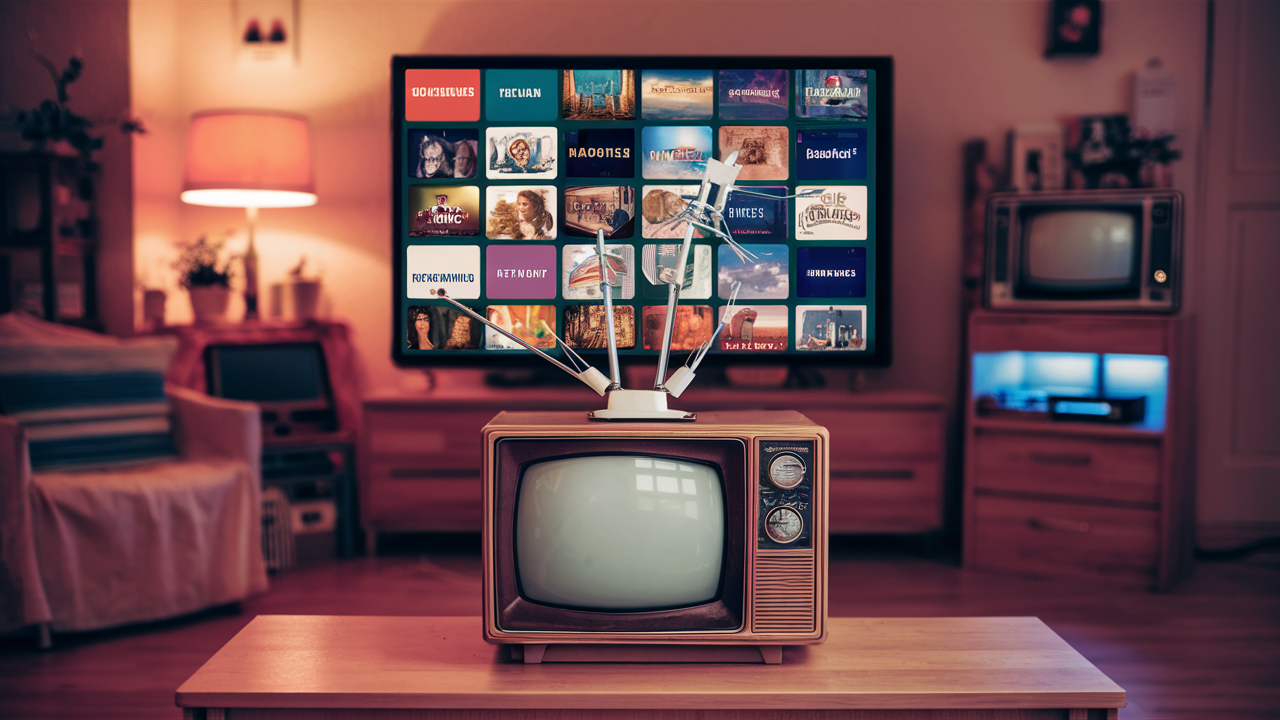
Is it possible to Watch Cable TV without a Cable Box?
Cable television dates back to the middle of the twentieth century and has been offering viewers diverse signals consisting of entertainment shows and news, sports, etc. The old-school cable TV installation brings in a cable from the outer perimeter of your house and it connects to a cable box. This box decodes the signal and brings out the channels in your television set.
But this does not always necessitate the need for cable boxes. This is the information that you should be aware of when it comes to receiving cable TV without a cable box.
What is a Cable Box, and what is the functionality of this device?
A cable box or set-top box is an electronic device that cable companies offer their clients to give them the ability to watch the programs they have bought. It gets the cable signal from the street and demodulates it so that your TV screen can display the cable programs you are paying for.
In the cable box is another device called a tuner that searches for channels, filters, and then feeds the selected cable channels. The box also demodulates cable channels with coded signals that have to be decoded to avoid unauthorized access.
Modern cable boxes are often digitized video recorders that contain a hard drive to store programs. They include features that enable the pausing of live TV or scheduled recording of programs to be viewed at a later time. It is also important to note that majority of the cable companies have recently started charging people a monthly fee for DVR boxes.
The good news is that you do not necessarily have to have a cable box for every TV in the house.
Cable TV also means you don’t necessarily need a cable box for every single television in your living space. Here are two ways you can access cable on additional TVs without additional boxes:
CableCARDs
Cable providers employ what is commonly referred to as CableCARDs which are small cards that are used to decrypt paid cable channels and not full cable boxes that the cable companies have to lease out. These cards are inserted into a device such as the Tivo digital video recorder, which lets it take the place of a cable box supplied by your cable provider.
Just as with TiVo, most cable providers allow a single CableCARD per customer at a minimum cost or even free. That’s why it can make the option of accessing cable on another television in your house cheaper. All you need to do is simply insert the card into your TiVo equipment that is connected to that particular TV.
This they do with CableCARDs, which have disadvantages: a) they are only compatible with cable TV networks and do not access other features that newer cable boxes have, like, for instance, On Demand programs.
Signal Splitters
If a DVR isn’t required on other TVs, one can use an RF coaxial cable splitter or distribution amplifier. This is a comparatively cheap device that takes the cable signal from the incoming line and provides a means for enjoying channels on multiple television sets within your home.
To do this, take a coaxial cable and connect one end to the splitter, and on the other end connect it to your current cable box. Then connect any other cables from the splitter directly to any other TV sets in your home as well. This is an apparatus that takes the same signal that comes from your main cable box and distributes it to other television sets without the necessity of another cable.
The only catch is that it is impossible to have one’s channels because all TVs have equal access to the channels available. This means that if one is in the den and switches the channel of the television set, it alters the channel of the television in the bedroom. You also cannot use some cables with features that need a box such as on demand.
Are there any ways in which one can get cable without having to get a box?
Yes, indeed, you can watch cable on several TVs in the house without having to get a box for each one of them. However, can the cable television be acquired without using any box at all called cable box? The answer is maybe.
Basic Cable
If you are just a broadcast basic cable subscriber or you call it lifeline or local basic cable you may not require equipment at all. Local broadcast stations which can include the major networks are included in basic cable packages and these come in between 10-20 channels.
As most of them are not scrambled, they can sometimes directly input your TV receiver’s integrated cables. This tuner is similar to the tuner inside a cable box, which makes your TV process the channels you receive.
In this setup, you have stations that you have to switch on your Television in the same manner as you switch an antenna. Thus, the cable box or the CableCARD is not required at all.
The problem is that basic cable packages have a very limited selection of channels and programming. And most cable companies today scramble even their basic cable feeds, meaning you do require more accessories to watch stations.
Digital Adapters
This is the way that if you have an older TV with no digital tuner, you will be able to watch even basic cable channels just by connecting a digital adapter. These small boxes are not as sophisticated as cable boxes, but they interface the incoming cable feed and translate the signal into analog so that the older television sets may correctly show the channels.
In other words, the starting point for what you require is fairly probably going to be basic cable through a digital adapter. Still, the channel choices are not very many, especially in comparison to the available cable TV subscriptions.
Is it Possible to Have Cable Channels without Paying for Them?
Cable TV brings in different programs right to the comfort of your own home without having to rent a box from your cable provider per television. However, what if you wish to have cable channels like ESPN or HGTV, and not having cable television is a pretty good idea?
Cable networks, for instance, deliberately scramble their signals just so you cannot retrieve the programs they air without parting with your hard-earned cash. If you were to somehow manage to have a cable wire directly connected to your television and to the cable wire that enters your home, you would not get any channels.
However, today, there are a few options to stream popular cable networks without a paid subscription:
1. Use an HDTV Antenna
Surprisingly, some of the cable programs that you enjoy can be received through the air with an HDTV antenna. This is because an antenna offers the channels depending on the region of residence without any monthly bills while making it possible to watch HD stations such as ABC, CBS, NBC, Fox, and PBS, among others.
2. Try Locast
Another free service is Locast, which is still in its beta phase, and it delivers live local broadcast stations over the Internet to several designated markets across the United States of America. When you tune into Locast, you get to watch live local television from ABC, CBS, NBC, Fox, and other stations.
3. Choose one of the Live TV Streaming Services or packages available.
Platforms such as Sling TV, Hulu + Live TV, YouTube, or DIRECTV STREAMS present many cable networks through the use of the internet. Most services range from $40-75 per month but give cable networks unavailable by antenna or Locast like ESPN, HGTV, FX, etc.
The Change in High-Definition Picture Qualität
Although platforms such as Roku or Fire TV guarantee you will not need to rent a cable box like in the case of traditional cable, picture resolution is determined by the signal source. There is no question that antennas and streaming devices aren’t as dependable as having cable wired into your house for consistently good HD Video quality.
Cable coming directly from the street offers an energetic and highly reliable signal resulting in an effective display of HD with improved resolution. Streaming devices or antennas could have poor picture quality with the quality possibly getting worse during transmission, especially with live sports events or shows with frequent action.
If you’re a purist of high-definition pictures, you will appreciate having cable directly connected to your TV or through a cable box, which is also hired. While it remains true that streaming services offer a more imprecise experience in terms of image definition, many customers believe that the offered resolution is enough for the much lower monthly prices.
The Bottom Line
All in all, yes, getting a cable box guarantees you a view of all the cables available in the best picture quality. But depending on your needs, you may be able to cut the traditional cord and still get cable networks or local programming:
• Use a digital adapter with basic cable for the least number of channels to be supported.
• Plug an HDTV antenna into it for some free local programs
• Sling or YouTube TV may be searched to find local cable stations and national networks.
• In the case of the cable feeds, one can take advantage of the CableCARDs or signal splitters to make the feeds accessible in many rooms.
Despite these drawbacks regarding the number of available channels or video quality in comparison with a traditional cable package, these examples allow showing the possibility of receiving cable TV or its equivalent without leasing all the cable boxes your provider would like you to. Assessing the needs is easy to make, this will enable one to see if one can effectively eliminate the normal cord to reduce cost.
Ready to upgrade your internet experience? Call us now at +1 844-349-7575 to explore the best Cox Internet plans for your needs!
